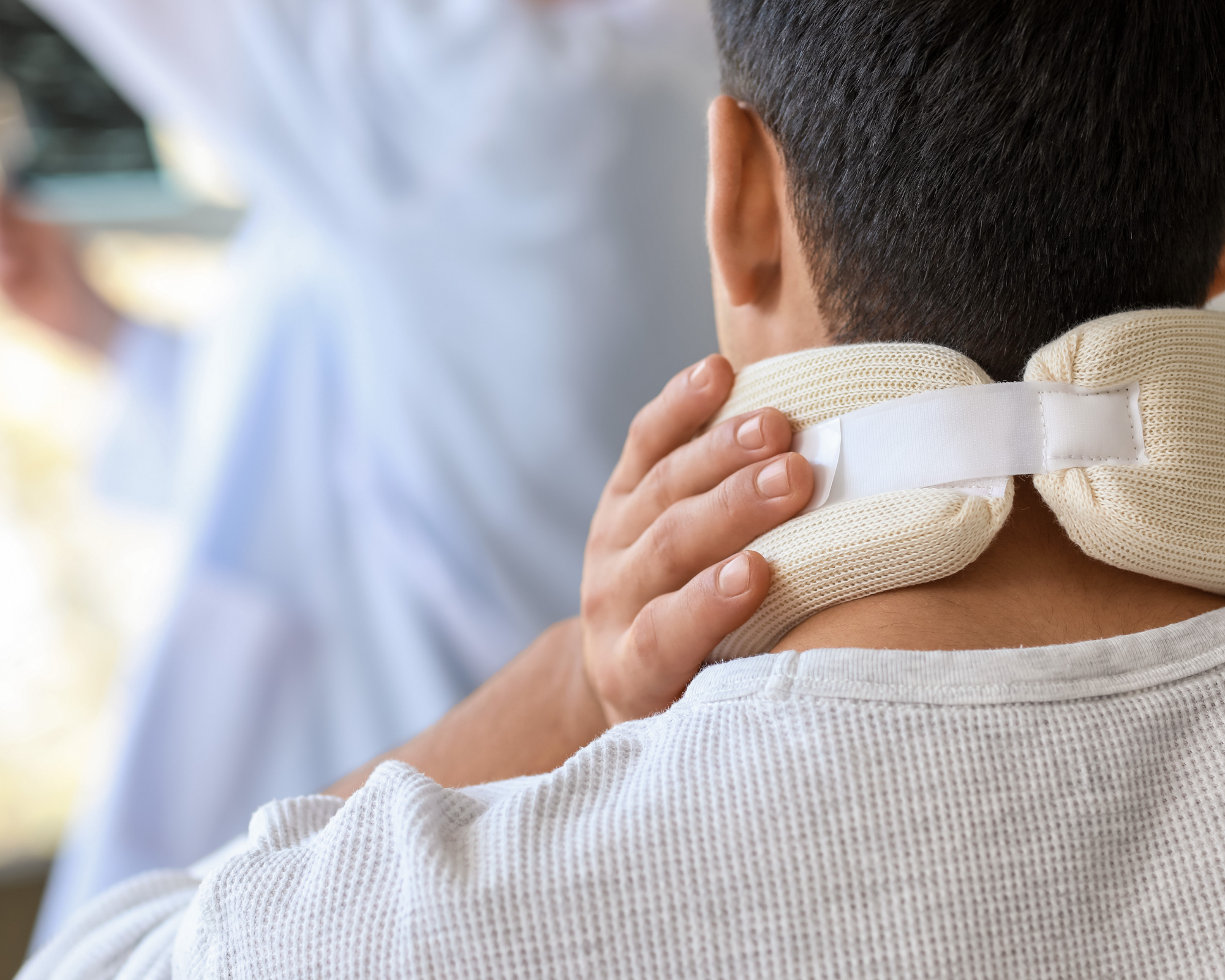
Personal Injury Claims, The Rehabilitation Code, and Early Intervention Obligations to Aid Recovery – Understanding the Framework and Its Benefits
8th January 2025
Personal injury claims serve as a crucial mechanism for individuals who have suffered injuries due to the negligence or wrongful actions of others.
These claims not only provide financial compensation but also ensure that the injured party receives necessary medical care and rehabilitation.
A significant aspect of the personal injury claims process is the incorporation of the Rehabilitation Code and early intervention obligations.
These elements are designed to facilitate a swifter and more effective recovery for the injured individual.
Personal Injury Claims: An Overview
Personal injury claims arise when an individual suffers harm due to the actions or negligence of another party. This harm can take various forms, including physical injuries, emotional distress, and financial losses.
The primary goal of a personal injury claim is to restore the injured party to the position they were in prior to the injury, as much as possible. This often involves seeking compensation for medical expenses, lost wages, pain and suffering, and other related costs.
Types of Personal Injury Claims
- Road Traffic Accidents: Injuries resulting from car, motorcycle, or pedestrian accidents.
- Workplace Accidents: Injuries occurring at the workplace due to unsafe conditions or practices.
- Public Liability: Injuries sustained in public places, such as slips, trips, and falls.
- Medical Negligence: Harm caused by substandard medical care or treatment.
- Product Liability: Injuries resulting from defective or unsafe products.
The Rehabilitation Code
The Rehabilitation Code is an industry standard in the UK that sets out guidelines for insurers and solicitors to ensure that injured individuals receive timely and effective rehabilitation. Introduced in 1999 and regularly updated, the code emphasizes the importance of addressing the medical and rehabilitation needs of the injured party as soon as possible after the injury occurs.
Objectives of the Rehabilitation Code
The primary objectives of the Rehabilitation Code are:
- Early Assessment and Intervention: Promptly identifying the rehabilitation needs of the injured party to facilitate early recovery.
- Collaborative Approach: Encouraging cooperation between the claimant, insurers, and medical professionals to create a tailored rehabilitation plan.
- Focus on Well-being: Prioritizing the injured individual’s overall health and well-being throughout the claims process.
Key Provisions of the Rehabilitation Code
- Initial Needs Assessment: Conducting a thorough assessment of the injured party’s medical and rehabilitation needs, usually within 21 days of the injury being reported.
- Rehabilitation Plan: Developing a comprehensive rehabilitation plan that outlines the necessary treatments, therapies, and support services required for recovery.
- Funding and Costs: Ensuring that the costs of rehabilitation are covered by the responsible party’s insurer, avoiding delays in treatment due to financial constraints.
- Regular Review: Periodically reviewing and updating the rehabilitation plan to reflect the injured party’s progress and changing needs.
Early Intervention Obligations
Early intervention is a critical component of the personal injury claims process. It refers to the prompt provision of medical treatment and rehabilitation services to the injured party, ideally before the personal injury claim is fully resolved. The rationale behind early intervention is that timely medical care can significantly enhance the recovery process and reduce the long-term impact of the injury.
Benefits of Early Intervention
Early intervention offers several benefits, including:
- Faster Recovery: Immediate access to medical treatment and rehabilitation can expedite the healing process and improve outcomes.
- Reduced Complications: Early treatment can prevent secondary complications, such as chronic pain or mobility issues, from developing.
- Enhanced Quality of Life: Timely intervention can help the injured party regain their independence and return to their normal activities sooner.
- Cost Savings: Early intervention can reduce the overall costs associated with long-term medical care and support services.
Implementation of Early Intervention
The implementation of early intervention in personal injury claims involves several steps:
- Prompt Reporting: The injured party or their representative should report the injury to the responsible party’s insurer as soon as possible.
- Immediate Assessment: Conducting an initial needs assessment to determine the extent of the injury and the required medical and rehabilitation services.
- Coordination of Care: Collaborating with healthcare providers, insurers, and solicitors to ensure seamless delivery of medical treatment and support services.
- Monitoring Progress: Regularly reviewing the injured party’s progress and adjusting the treatment plan as needed to achieve optimal recovery.
Conclusion
Personal injury claims, the Rehabilitation Code, and early intervention obligations form an integrated framework designed to support the recovery and well-being of injured individuals. By prioritizing early assessment, collaborative planning, and timely medical care, this approach ensures that injured parties receive the necessary support to regain their health and return to their pre-injury state. Understanding and implementing these elements can significantly enhance the effectiveness of the personal injury claims process and improve outcomes for all involved parties.
If you have suffered an injury caused by someone else’s negligence or carelessness, you have a legal right to be compensated for the losses you have suffered. Our Personal Injury team act for clients injured in a variety of circumstances. Please contact us for assistance.
Article written by Personal Injury Solicitor, Kerry Hudson.
